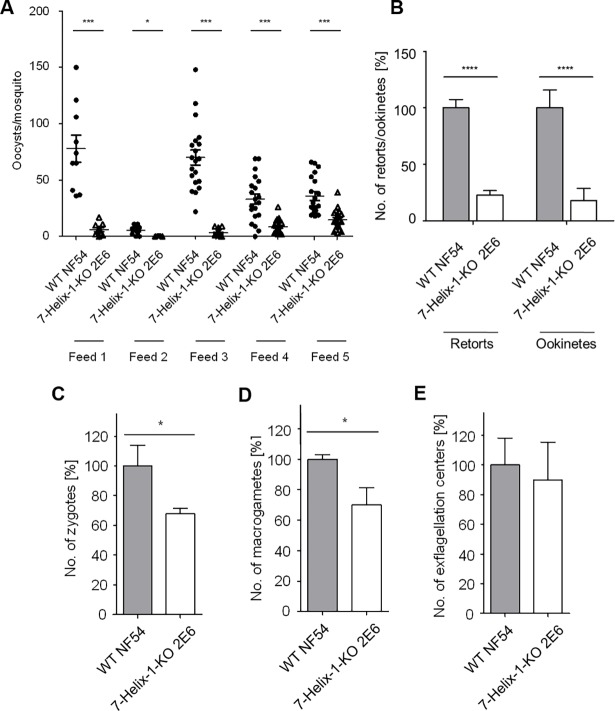Fig 3. Impaired transmission of 7-Helix-1-KO gametocytes to mosquitoes.
(A) Mosquito infection efficiency of 7-Helix-1-KO. Enriched mature gametocytes of WT NF54 or the 7-Helix-KO line 2E6 were fed to An. stephensi mosquitoes via SMFAs. The numbers of oocysts per midgut were counted at day 10 p.i. in five independent feeds. * p ≤ 0.05; *** p ≤ 0.001 (Mann-Whitney-U test). (B) Efficiency of 7-Helix-1-KO to develop into mosquito midgut stages. Following SMFAs as described above, midgut smears at 24 h p.i. were subjected to IFA, the ookinetes and retorts were immunolabeled with rabbit anti-Pfs28 antisera and counted in 30 optical fields for four times (mean ± SD). (C-E) Efficiency of 7-Helix-1-KO to undergo sexual reproduction. Mature WT NF54 and 7-Helix-1-KO 2E6 gametocytes were activated in vitro. Samples were taken at 4 h p.a. (zygotes), 30 min p.a. (macrogametes) or 15 min p.a. (exflagellation centers). Zygotes (C) and macrogametes (D) were subjected to IFA for immunolabelling with anti-Pfs25 antibody and counted in 30 optical fields in triplicate; exflagellation centers (E) were counted in 30 optical fields for four times using light microscopy (mean ± SD). The numbers of WT parasites were set to 100% (for B-E). * p ≤ 0.05; **** p ≤ 0.0001 (Student‘s t-test). Results (in B-E) are representative of three to eight independent experiments.

